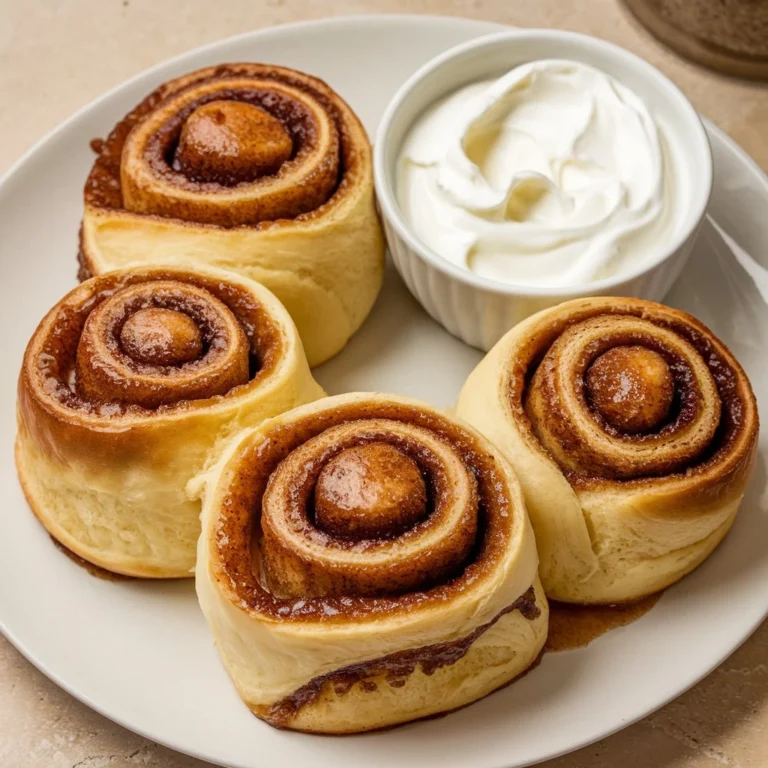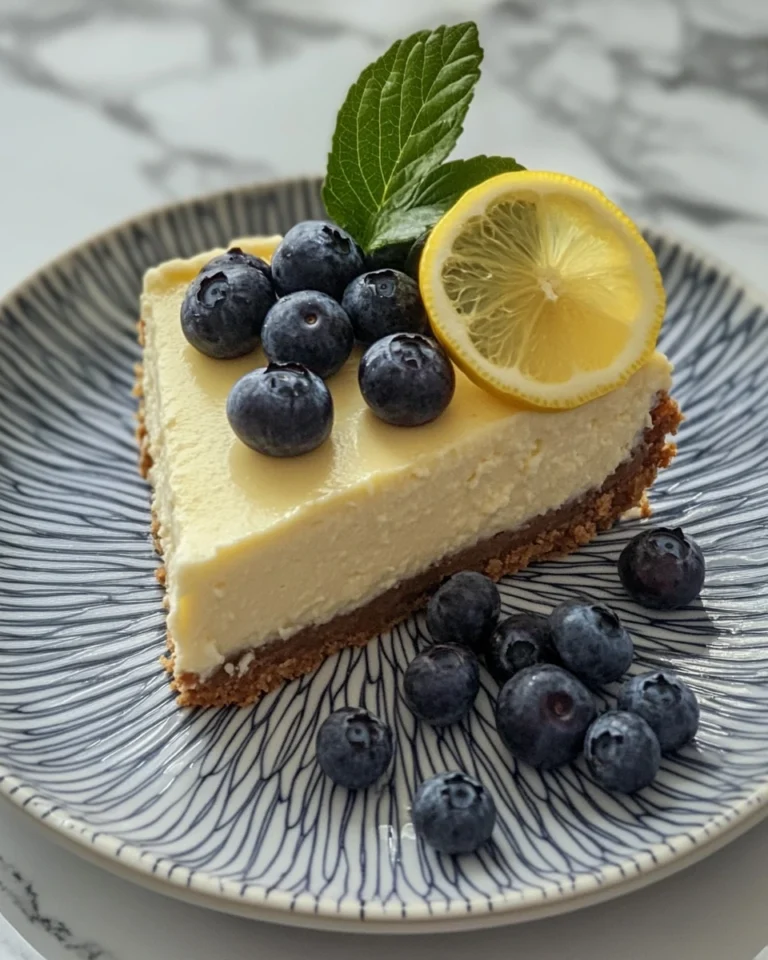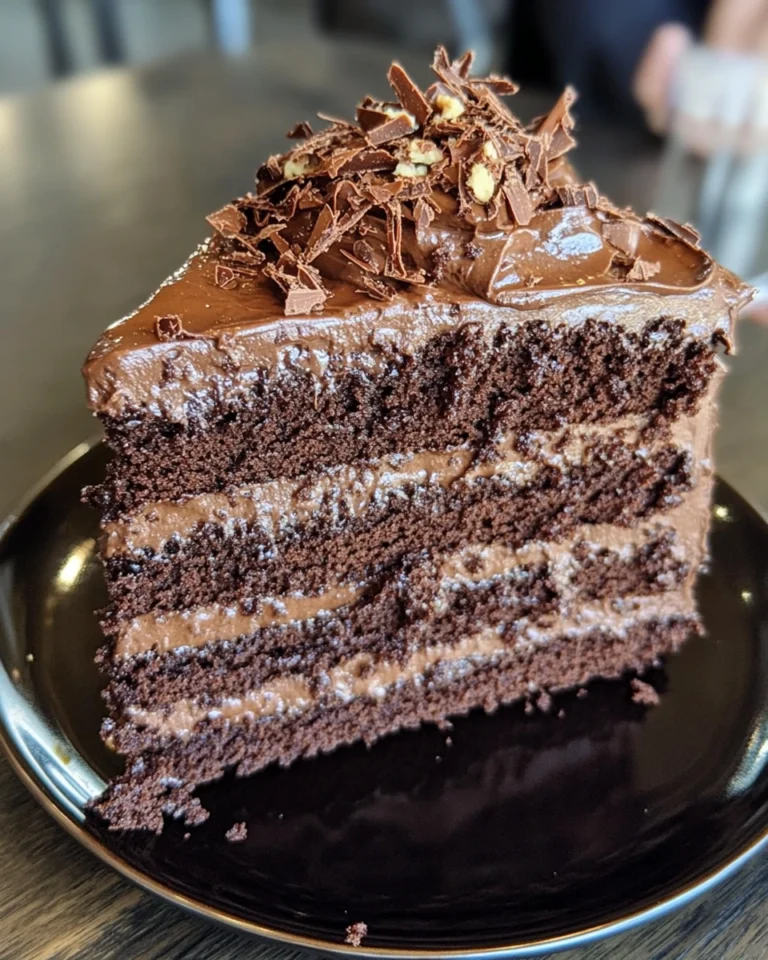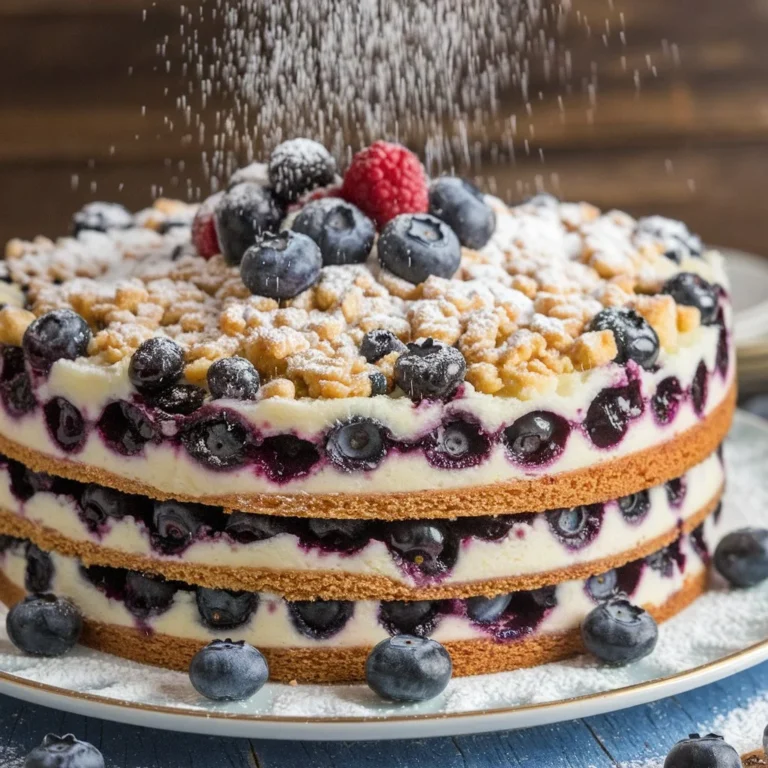What Does Heavy Whipping Cream Do to Cakes?
What Does Heavy Whipping Cream Do to Cakes?
When it comes to baking, heavy whipping cream is a versatile ingredient that plays a pivotal role in transforming the texture, flavor, and structure of cakes. With its rich fat content (around 36%), heavy whipping cream can elevate the quality of cakes, making them moist, flavorful, and stable. But how exactly does heavy whipping cream affect cakes, and why is it considered essential by many bakers? In this comprehensive guide, we will delve into the science behind this key ingredient, explore its impact on cake recipes, and offer practical tips on how to use it effectively. We’ll also look at possible substitutes, popular recipes, and frequently asked questions about heavy whipping cream in cakes.
What is Heavy Whipping Cream?
Heavy whipping cream is the fat-rich layer skimmed from the top of cow’s milk. Unlike regular milk, which contains about 3.5% fat, heavy whipping cream boasts a much higher fat content, usually around 36%. This makes it ideal for recipes that require extra richness and moisture. The cream’s thick, luxurious texture is perfect for whipping and can be used in a variety of baking and cooking applications.
In cakes, heavy whipping cream can be added to the batter, used as a frosting, or folded into the mixture to create a light, airy texture. Whether you’re baking a dense pound cake or a fluffy chiffon cake, the addition of heavy whipping cream can significantly improve the final product.
Here are some key features of heavy whipping cream:
- High fat content (36%) – Provides richness and enhances the cake’s overall flavor and texture.
- Creamy consistency – Adds moisture and a smooth mouthfeel to cakes.
- Whipping potential – Can be whipped into stiff peaks, making it ideal for frostings and fillings.
When used correctly, heavy whipping cream can drastically improve both the taste and texture of your cakes. It’s a common ingredient in many recipes, such as the Prune Cupcakes Recipe, where it helps maintain a moist and tender crumb.
The Science of Heavy Whipping Cream in Cakes
To truly understand how heavy whipping cream affects cakes, it’s important to explore the science behind it. The fat in heavy cream plays several critical roles during the baking process. Let’s break down its impact on cakes.
1. Moisture Retention
Fat is one of the best natural moisture retainers in baking. Heavy whipping cream prevents cakes from drying out by creating a barrier that locks in moisture. This is particularly important in cakes that tend to lose moisture quickly, like pound cakes or cupcakes. The fat content in the cream ensures that the cake stays soft, moist, and fresh for a longer period.
In recipes like the Prune Cupcakes, heavy whipping cream keeps the cupcakes soft and delicious, even after several days. Moisture retention is one of the key reasons why bakers prefer using heavy cream over other types of dairy.
2. Tenderizing Gluten
Gluten development is crucial for the structure of a cake, but too much gluten can make the cake tough and dense. The fat in heavy whipping cream coats the flour particles, reducing the amount of gluten that forms during mixing. This results in a more tender, delicate crumb. Cakes made with heavy whipping cream often have a softer, more enjoyable texture compared to those made with milk or water.
3. Aeration
One of the most unique characteristics of heavy whipping cream is its ability to hold air when whipped. This makes it an excellent ingredient for cakes that require a light, airy texture. When whipped, the cream incorporates air, which adds volume and helps the cake rise. This is particularly useful in recipes like sponge cakes or chiffon cakes, where a fluffy texture is desired.
In whipped cream cakes, heavy whipping cream is often used in place of butter or oil to create a lighter, more delicate cake. The air trapped in the whipped cream expands during baking, giving the cake its characteristic fluffy texture.
4. Emulsification
Emulsification is the process of blending fat with water-based ingredients, such as milk or eggs, to create a smooth mixture. The fat in heavy whipping cream acts as a natural emulsifier, ensuring that the ingredients in the cake batter are evenly distributed. This results in a smooth, consistent batter that bakes evenly, without any dry spots.
How Heavy Whipping Cream Enhances Cake Recipes
Now that we’ve covered the science behind heavy whipping cream, let’s explore how it enhances specific cake recipes. Whether you’re looking to improve moisture, flavor, or texture, heavy whipping cream can make a significant difference.
1. Adding Richness and Flavor
The high fat content of heavy whipping cream gives cakes a rich, buttery flavor that is hard to achieve with other dairy products. It adds a luxurious mouthfeel and enhances the overall taste of the cake. This is especially beneficial in recipes that require a dense, flavorful cake, such as pound cakes or cupcakes.
For example, in the Prune Cupcakes Recipe, the cream not only adds moisture but also enhances the natural sweetness of the prunes, making each bite more indulgent. The cream’s rich flavor complements the other ingredients, creating a well-balanced cake.
2. Creating a Soft, Tender Crumb
Cakes made with heavy whipping cream tend to have a soft, tender crumb that melts in your mouth. This is due to the fat content, which helps to break down the gluten and create a more delicate texture. The cream’s ability to retain moisture also contributes to the softness of the cake.
In recipes like the Coffee Cupcake Recipe, heavy whipping cream is used to create a moist, tender crumb that pairs perfectly with the bold flavor of the coffee. The result is a cupcake that is rich, flavorful, and soft to the touch.
3. Improving Cake Structure
While heavy whipping cream adds moisture and tenderness, it also plays a crucial role in improving the structure of the cake. The fat content helps to stabilize the cake, ensuring that it holds its shape during baking. This is particularly important in layered cakes or cakes that require a stable structure, such as wedding cakes or birthday cakes.
When used in frostings or fillings, heavy whipping cream adds volume and stability, making it perfect for creating layered cakes with multiple tiers. It also helps the cake retain its shape after slicing, ensuring that each piece looks just as good as the first.
Using Heavy Whipping Cream in Cake Frosting and Fillings
In addition to being used in cake batter, heavy whipping cream is also a popular choice for frostings and fillings. Its ability to whip into stiff peaks makes it ideal for creating light, fluffy frostings that complement a wide variety of cakes. Whether you’re making a simple whipped cream frosting or a more elaborate buttercream, heavy whipping cream is a versatile ingredient that adds both flavor and texture.
1. Whipped Cream Frosting
Whipped cream frosting is one of the simplest and most delicious ways to use heavy whipping cream in cake decorating. By whipping the cream with sugar and vanilla extract, you can create a light, airy frosting that pairs perfectly with sponge cakes, cupcakes, and layered cakes. Whipped cream frosting is easy to make and can be stabilized by adding gelatin or cornstarch, ensuring that it holds its shape for longer periods.
In the Coffee Cupcake Recipe, whipped cream frosting is used to create a light, airy topping that complements the rich, bold flavor of the coffee. The cream’s light texture balances the intensity of the coffee, creating a harmonious flavor profile.
2. Buttercream Frosting
While traditional buttercream frosting is made with butter, many bakers like to add heavy whipping cream to improve the texture and flavor. The cream helps to lighten the frosting, making it smoother and easier to spread. It also adds a rich, creamy flavor that complements the sweetness of the frosting.
For a more decadent frosting, you can use heavy whipping cream to make a whipped buttercream, which combines the best of both worlds. The result is a frosting that is rich, creamy, and light at the same time, making it perfect for decorating cakes and cupcakes.
3. Stabilized Whipped Cream
If you’re looking for a more stable whipped cream frosting, you can add gelatin or cornstarch to the cream to help it hold its shape. This is especially useful for cakes that need to sit out for extended periods or for layered cakes that require extra stability. Stabilized whipped cream can be used as both a frosting and a filling, making it a versatile option for many cake recipes.
For tips on how to make stabilized whipped cream, check out this helpful guide on Stabilized Whipped Cream.
Substitutes for Heavy Whipping Cream in Cakes
While heavy whipping cream is a fantastic ingredient for cakes, there may be times when you don’t have it on hand or need a dairy-free alternative. Here are some substitutes that can be used in place of heavy whipping cream:
1. Milk and Butter
One of the most common substitutes for heavy whipping cream is a mixture of milk and butter. To create this substitute, combine ¾ cup of milk with ¼ cup of melted butter. This mixture mimics the fat content of heavy cream and can be used in most cake recipes. However, keep in mind that this substitute won’t provide the same rich flavor or creamy texture as heavy whipping cream.
2. Half-and-Half
Half-and-half is a lower-fat alternative to heavy whipping cream and can be used in lighter cakes that don’t require as much moisture or richness. While it won’t produce the same level of creaminess, it’s a good option for cakes that need a lighter texture.
3. Coconut Cream
For a dairy-free or vegan option, coconut cream is an excellent substitute for heavy whipping cream. Coconut cream has a similar fat content and can be used in place of heavy cream in both the batter and frosting. It provides a rich, creamy texture and adds a subtle coconut flavor that works well in tropical or vegan cakes.
4. Almond Milk Cream
Another dairy-free alternative is almond milk cream, which is made by blending almonds with water to create a thick, creamy liquid. While it won’t provide the same level of richness as heavy whipping cream, it’s a good option for those who are lactose intolerant or following a vegan diet.
Practical Tips for Using Heavy Whipping Cream in Cakes
To make the most of heavy whipping cream in your cake recipes, here are some practical tips to keep in mind:
- Use Cold Cream for Whipping
Cold heavy whipping cream whips more efficiently and holds its shape better. Before whipping, make sure the cream is well-chilled, and for best results, chill your mixing bowl and beaters as well. - Don’t Over-Whip the Cream
When whipping heavy cream, be careful not to over-whip it, as it can turn into butter. Stop whipping as soon as soft or stiff peaks form, depending on the desired consistency. - Fold Gently for Fluffier Cakes
If you’re adding whipped cream to cake batter, fold it in gently to avoid deflating the air bubbles. This will help maintain the light, airy texture of the cake. - Refrigerate Cakes Made with Heavy Cream
Cakes made with heavy whipping cream should be stored in the refrigerator to keep them fresh and prevent the cream from spoiling.
Popular Cake Recipes Using Heavy Whipping Cream
If you’re looking for inspiration on how to incorporate heavy whipping cream into your baking, here are a few popular cake recipes that highlight this versatile ingredient:
1. Whipped Cream Cake
Whipped cream cake is a unique recipe where heavy whipping cream is used in place of butter or oil to create a light, airy texture. The cream is whipped and then folded into the batter, resulting in a cake that is moist, tender, and full of flavor. Whipped cream cakes are perfect for those who want a lighter alternative to traditional butter cakes.
2. Pound Cake
Pound cakes are known for their dense, moist texture, and heavy whipping cream plays a key role in achieving this. The cream adds richness and moisture, ensuring that the cake stays soft and fresh for longer. Pound cakes made with heavy whipping cream are ideal for special occasions or as a simple, indulgent treat.
3. Layered Cakes with Whipped Cream Frosting
Layered cakes often require a frosting that is light and airy, yet stable enough to hold the layers together. Heavy whipping cream is perfect for this, as it can be whipped into a fluffy frosting that adds volume and enhances the cake’s overall flavor.
FAQs About Heavy Whipping Cream in Cakes
What does heavy whipping cream do to cakes?
Heavy whipping cream adds moisture, richness, and stability to cakes. Its high fat content helps retain moisture, resulting in a tender crumb, while also improving the overall flavor of the cake.
Can you replace milk with heavy cream in cakes?
Yes, but the texture will be richer and creamier. If the recipe calls for milk and you use heavy cream, you may want to dilute it with water to avoid making the cake too dense.
How does heavy cream affect cake batter?
Heavy whipping cream emulsifies the ingredients in the batter, creating a smooth, even consistency. It also adds aeration when whipped, helping to create a lighter, fluffier cake.
Is heavy cream necessary for all cake recipes?
No, but it’s an excellent ingredient for recipes that require extra moisture, richness, or stability. Cakes like pound cakes and layered cakes benefit the most from the addition of heavy whipping cream.
Conclusion
Heavy whipping cream is a transformative ingredient in cake baking, offering unmatched moisture, flavor, and structure. Whether you’re using it in the batter, as a frosting, or as a filling, its high-fat content ensures a rich, creamy texture that elevates any cake recipe. From tender pound cakes to airy whipped cream cakes, this versatile ingredient is a must-have in any baker’s kitchen.
For more inspiration and recipes that showcase the benefits of heavy whipping cream, be sure to explore other recipes like the Prune Cupcakes Recipe and the Coffee Cupcake Recipe.







